Beauty by the Numbers: Top 4 Data Visualization Apps for Business Success
Data visualization tools are revolutionizing the way businesses present data, making complex numbers much easier to comprehend. Whether you’re in marketing, finance, or sales, these tools provide visual clarity, guiding informed decisions. Professionals increasingly rely on apps that produce visualizations, charts, and dashboards to enhance communication. Simple graphs can reveal trends and patterns often missed in traditional reports, improving productivity and saving time.
Why Data Visualization Tools?
Gone are the days of designing from scratch or writing code. Today’s apps are fast, intelligent, and user-friendly, supporting real-time data across multiple platforms. They streamline internal reporting and elevate client presentations. Below, we explore four standout data visualization tools for 2025 that can transform complex numbers into business success with features like drag-and-drop, cloud syncing, and easy sharing.
4 Data Visualization Apps for Business Success
Power BI: Enterprise-Grade and User-Friendly
For many businesses, Microsoft Power BI is the top choice. It enables insightful visualization of corporate performance data without requiring programming knowledge. Users can import cloud data or spreadsheets, and the tool auto-generates visualizations. With dynamic graphs, maps, and bar charts, reports can be securely shared across departments, ensuring access to the most recent data. Seamlessly integrating with Excel, Azure, and Microsoft Teams, Power BI also features natural language queries and AI-driven insights. A free tier is available, making it suitable for budget-conscious companies, from large corporations to small businesses.
Tableau: Visual Intelligence for Every Department
Tableau transforms large datasets into visually compelling graphics and is widely used in the corporate world. Its professional design and flexibility make it popular among diverse users. Drag and drop data points to create interactive dashboards that support multiple data sources, from databases to spreadsheets. Tableau updates dashboards automatically as data changes, offering custom views, drill-down capabilities, and filters for in-depth exploration. Designed for both business users and analysts, Tableau Public allows online sharing, making it ideal for vibrant, clear charts.
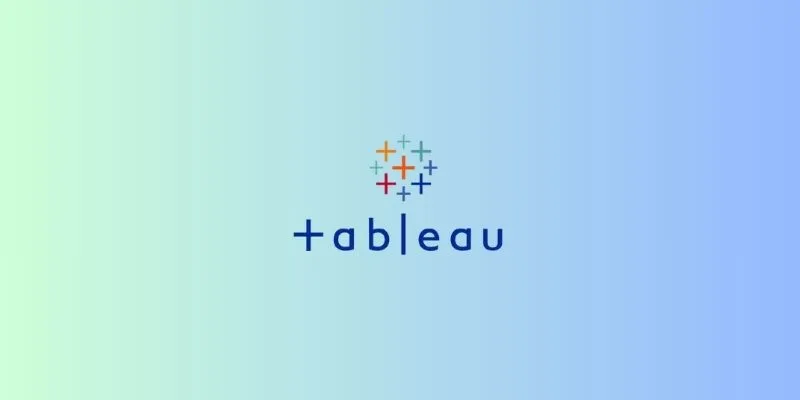
Looker Studio: Seamless Google Integration
Formerly Google Data Studio, Looker Studio is a free tool by Google that connects, visualizes, and shares data rapidly. Integrating with Google products like Sheets, Analytics, and Big Query, it combines several data sources in one view. Its basic interface allows users to pick chart types and drag fields into the canvas. Reports update in real time, with support for formulas, drop-downs, and filters. Companies appreciate Looker Studio for its versatility and ease of use, especially if they regularly use other Google apps.
Chartio: Visualize Business Data Without the Learning Curve
Chartio is designed for teams seeking powerful visualizations without a steep learning curve. It connects to databases, cloud storage, or spreadsheets, allowing users to create dashboards in minutes via a drag-and-drop interface. Teams can view performance statistics across different departments, with tools for sophisticated users like a Visual SQL builder for complex queries. Although Atlassian acquired Chartio, it remains a great tool for clear graphics and data-driven team communication.
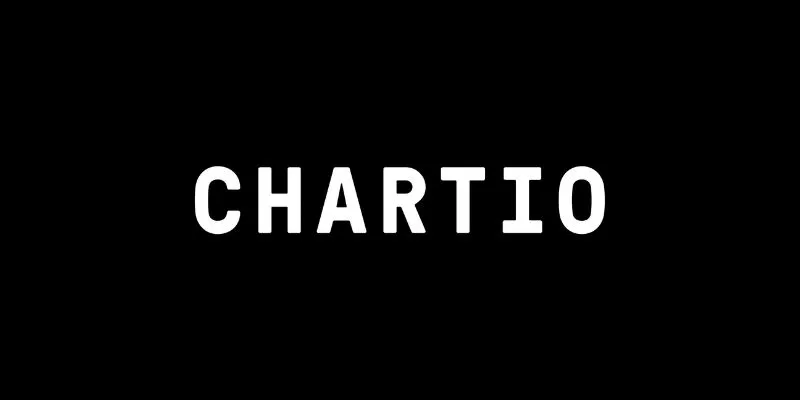
Key Benefits of Using Data Visualization Tools
Data visualization technologies offer significant benefits for corporate users by transforming raw data into meaningful visuals. Teams can quickly identify trends, gaps, and patterns, reducing ambiguity and simplifying complex reports. Visuals facilitate faster decision-making and enhance communication both internally and externally. Most tools allow for collaborative reporting, making reports more participatory and approachable. By using visualization tools, companies save time on manual reporting, allowing teams to focus on strategy.
Conclusion
Choosing the right business data visualization tool is crucial for transforming raw numbers into informed decisions. Tools like Power BI, Tableau, Looker Studio, and Zoho Analytics help maximize the potential of your data, streamlining reporting tasks and enhancing communication with clients and teams. Each tool has its unique strengths, from integration to automation, so select the one that best aligns with your workflow to elevate your business insights and decision-making.
Related Articles

How to Use Variables in Google Docs for Smarter Document Automation: A Guide

How Can You Merge Google Accounts? 3 Easy Ways to Combine Gmail, Calendar, and Contacts
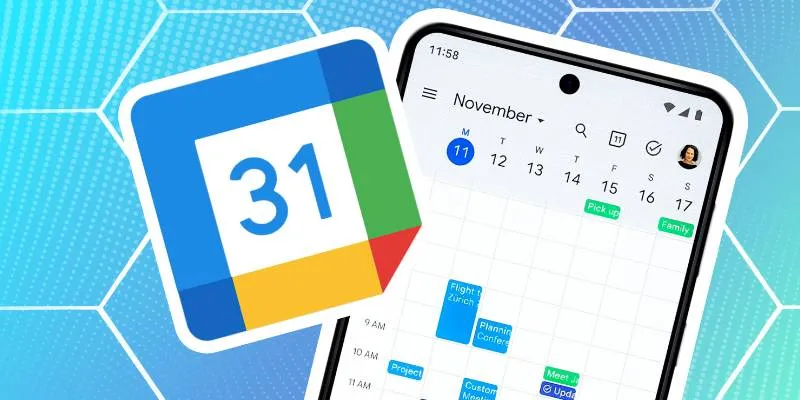
How to Connect Google Calendar with Your Business Apps: 7 Best Practices

How to Integrate Google Sheets with Mailchimp: A Step-by-Step Guide
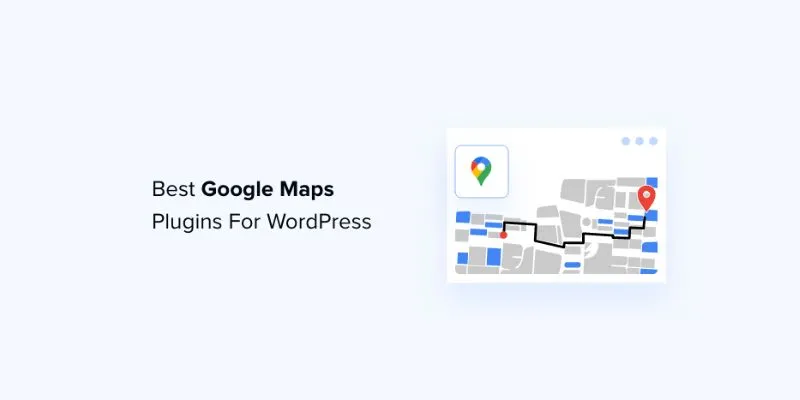
7 Mostly Free Google Maps Plugins for WordPress You Shouldn't Miss
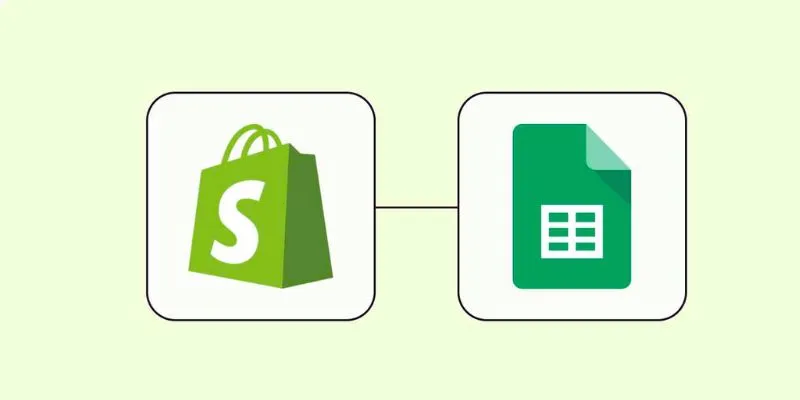
How to Integrate Google Sheets with Shopify: A Step-by-Step Guide

What Are the Best Google Docs Features to Improve Your Workflow and Save Time?

How to Integrate Google Sheets with Mailchimp: A Step-by-Step Guide

How to Automatically Save Gmail Attachments to a Google Drive Folder: A Complete Guide

Which Are The 5 Best Data Collection Tools to Streamline Your Research Process

Best Data Recovery Software for Mac Devices
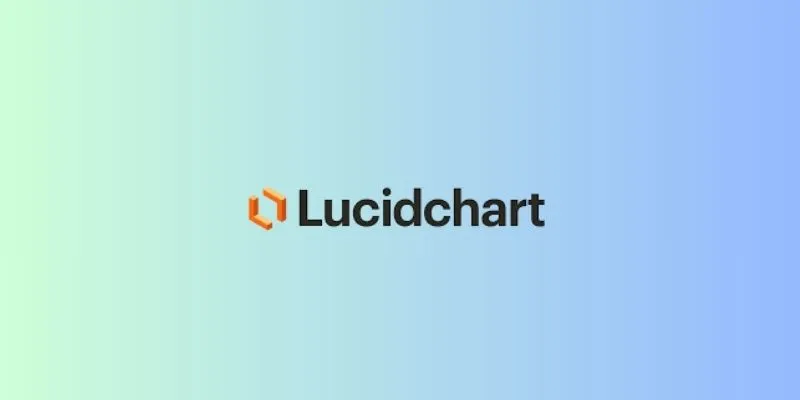
The 7 Best Org Chart Software Options in 2025: Streamline Your Workflow
Popular Articles

Top Tips for Designing Eye-Catching Video Presentations on Any Device

Simple Ways to Resolve Audio Video Delay: A Beginner’s Guide

A Beginner’s Guide to Telecom Expense Management Software: All You Need to Know

How to Display Instagram Photos in WordPress Sidebar Widget: A Guide
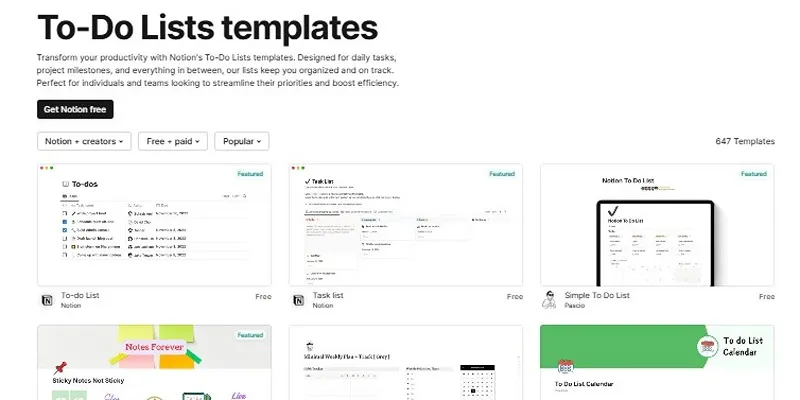
How to Use Notion as a Powerful and Organized To-Do List
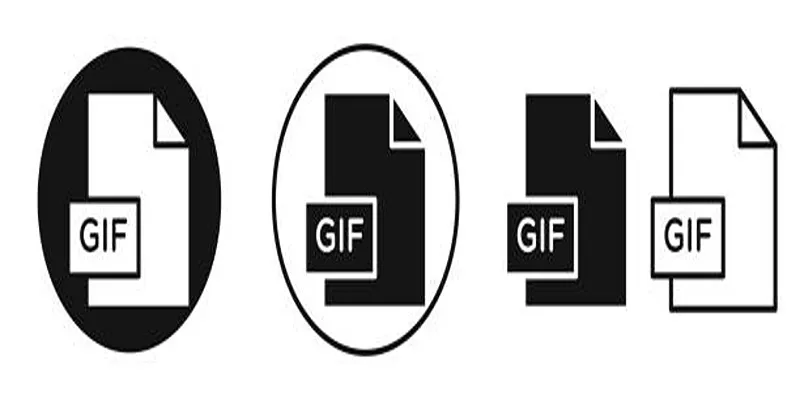
Top Free and Online MP4 to GIF Converters You Should Try

WordPress Best Practices for Opening Links in New Windows or Tabs
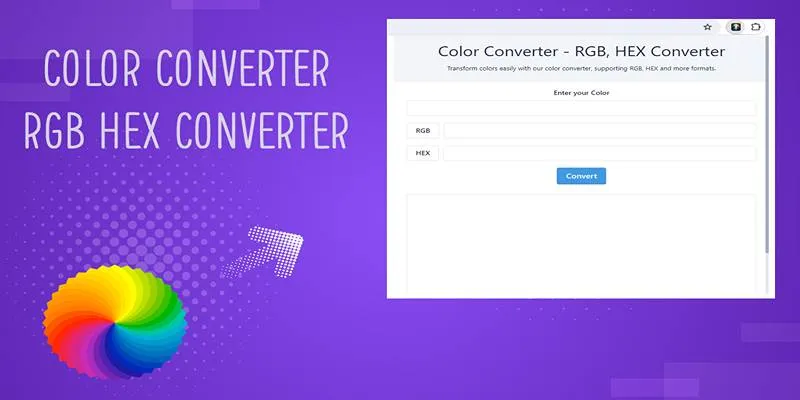
Free Tools to Convert HEX to RGB Codes for Designers and Developers
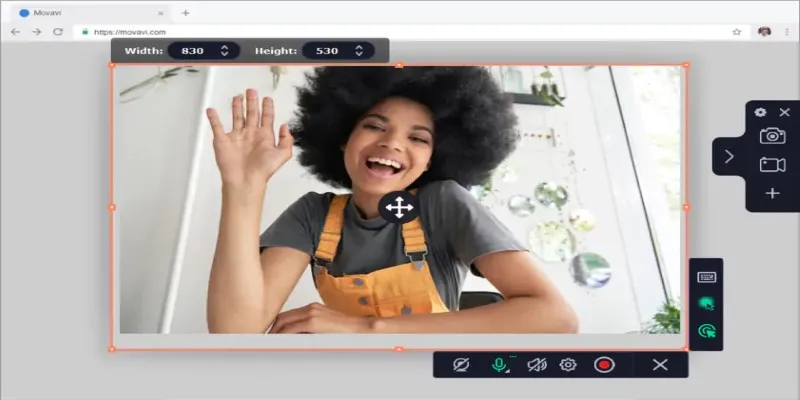
Free WMV Screen Recorders to Use on Your Computer
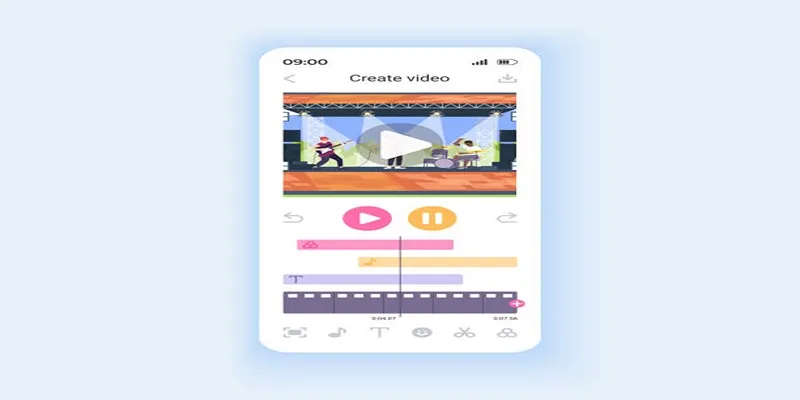
Unleash Your Creativity: Top AMV Maker Apps for Anime Music Videos

The 10 Best Cloud Storage Apps in 2025: Simplify Your Digital Life
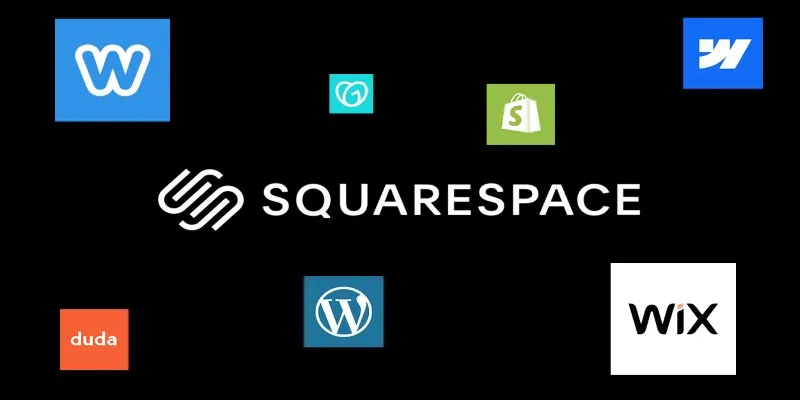
 mww2
mww2